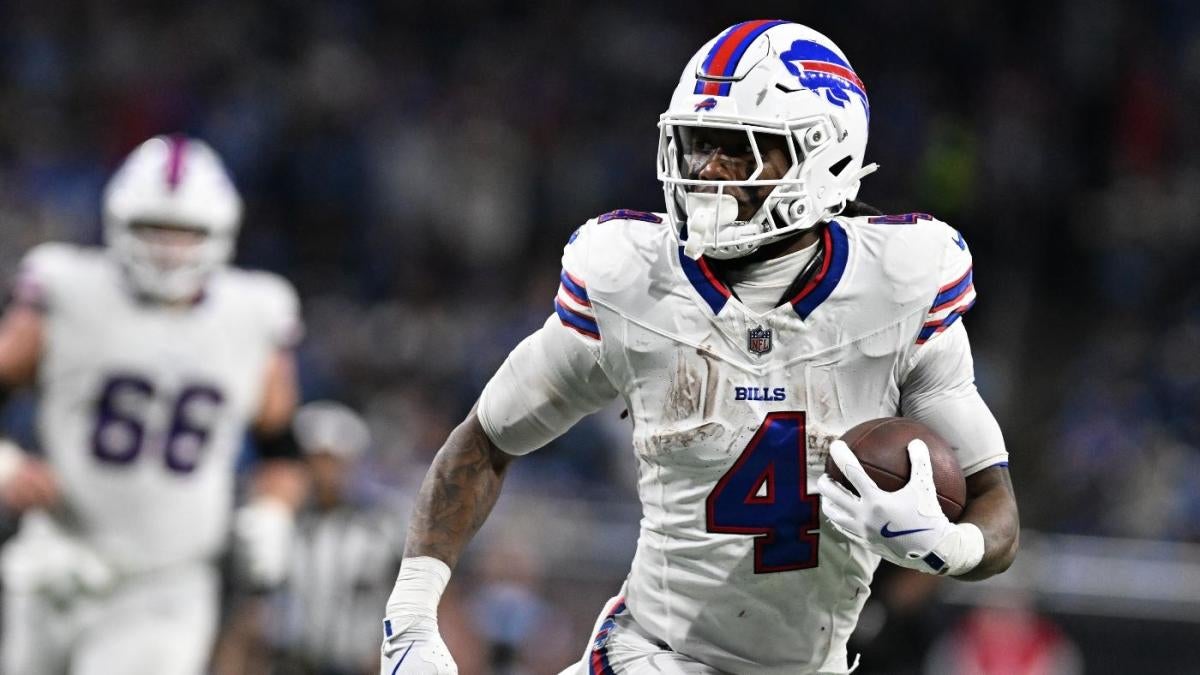James Cook and the Buffalo Bills Contract Crossroad: A Deep Dive into the Dynamics and Consequences
Emerging Talent Meets Business Reality
James Cook’s rapid rise from a second-round draft pick in 2022 to an established lead running back for the Buffalo Bills illustrates a classic narrative of emerging talent demanding corresponding recognition. His performance trajectory—culminating in exceptional 2024 season statistics with over 1,000 rushing yards and 16 touchdowns—positions him firmly among the NFL’s top offensive threats. This level of success naturally fuels his expectation for a contract that mirrors his on-field value, especially in light of market benchmarks set by peers like his brother Dalvin Cook. The pursuit of a $15 million annual deal signals Cook’s intent to solidify his financial and professional standing in the league.
The Standoff: Communication Breakdown and Strategic Posturing
The crux of the conflict lies in Buffalo’s firm stance to defer any contract extension discussion until after the 2025 NFL Draft. This posture, expressed by GM Brandon Beane, translates into a freeze in negotiations, which has escalated tensions and led to Cook’s withdrawal from voluntary team activities and the listing of his home for sale. These actions symbolize a fracture in the player-team relationship, extending beyond mere business disagreements to a palpable disconnect affecting morale and trust.
This impasse reveals deeper challenges: a lack of alignment on valuation, communication hurdles, and perhaps differing visions of long-term utility in a league that increasingly questions hefty commitments to running backs. The “never really close” state of talks suggests that both sides may have underestimated the emotional and professional stakes involved.
Organizational Implications and Team Culture at Risk
At a pivotal moment, with the Bills eyeing championship ambitions, James Cook’s contract standoff introduces uncertainty that threatens team cohesion. The absence of a key offensive player not only affects tactical planning but risks fracturing the locker room dynamic. Stability and unity become casualties when star talent and management operate in parallel rather than in concert.
Buffalo’s cautious financial approach may be influenced by salary cap management, evolving positional valuation, and risk mitigation strategies. However, these organizational priorities must be balanced carefully against the cost of potentially sidelining or losing a cornerstone player. The tension spotlights the delicate equilibrium teams must navigate between fiscal discipline and competitive urgency.
James Cook’s Calculated Gamble and Career Crossroads
From the player’s vantage point, Cook’s assertive posture embodies a determination to secure his deserved market value and career trajectory. His physical distancing and property sale are potent signals underscoring his dissatisfaction and openness to change. Facing the culmination of his rookie contract, he stands at a crossroads: accept Buffalo’s timeline and terms, pursue a holdout strategy, or explore trade options that could redefine his career.
These choices carry inherent risks—namely, possible alienation, diminished playing time, or relocation—but also illustrate a modern athlete’s agency amid complex contractual landscapes. For Cook, navigating this phase demands weighing immediate team harmony against long-term financial security and career legacy.
Navigating Ahead: Possible Outcomes and Their Ripple Effects
The unresolved nature of this standoff injects unpredictability into Buffalo’s approaching season and James Cook’s immediate future. A holdout could disrupt offensive continuity and impact fantasy football valuations, while a trade could recalibrate both team rosters and league dynamics. Conversely, an eventual agreement might restore stability but require concessions from both sides.
This scenario exemplifies broader NFL trends where player empowerment intersects with franchise strategies shaped by economic and competitive pressures. The outcomes here will not only dictate individual and team fortunes but also offer a prism through which to view evolving contract negotiations in professional football.
Conclusion: A Defining Moment in Player-Franchise Relations
The James Cook-Buffalo Bills contract impasse embodies more than a financial negotiation; it is a contest of wills, values, and visions that cuts to the heart of modern NFL operations. Cook’s stellar performance confronts organizational reticence, propelling a narrative fraught with risk and opportunity on both sides. The resolution—be it reconciliation, trade, or prolongation of the standoff—will leave lasting impressions on how talent valuation, communication, and business realities converge in shaping the futures of athletes and teams alike.

